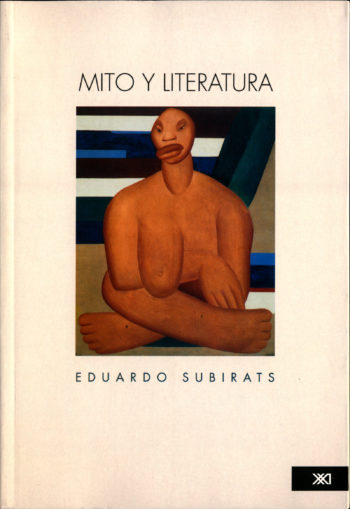Since the ‘80s, I have traveled incessantly throughout Latin America. In Mexico, the project of El continente vacío became a reality. Brazil was an extraordinary experience, especially because of my contact with some of its preeminent architects and artists. Next came Uruguay and Argentina. In the early ‘90s, I made frequent visits to Venezuela for conferences and to attend events with poets, architects and intellectuals. Then Perú, Ecuador, Columbia and Chile. In Caracas in 1992 I published Los malos días pasarán, an optimistic, if erratic, challenge for Latin America. Also in Caracas, I left a souvenir: my loud criticism of the historical falsification of the “Commemoration of the Fifth Centenary of the Discovery of America” titled América o la memoria histórica (1994). In Brazil, I began a series of editions of Viajes al Paraíso and Viajes al final de Paraíso that resulted in the Mexican edition of an electronic book titled Paraíso.
The mythological motif of the Garden of Eden is a recurring theme in the history of colonization of America and is its golden thread. One text, however, stood out for me: Vicente León Pinelo’s El Paraíso en el Nuevo Mundo, a 17th century treatise of remarkable erudition that situates the Biblical Garden of Eden near Iquitos at the source of the Amazon River. This mythological motif inspired an eclectic series of essays about Latin American musicians, painters, writers and architects with whom I had crossed paths. These essays are collected in Paraíso (2013) and Arquiteturas da civilização brasileira (2019).
In 2014 in Mexico City, I published Mito y literatura, a long essay that focused on the interpretation of the five preeminent Latin American novels of the twentieth century: Macunaíma, Pedro Páramo, Grande sertão, Los ríos profundos and Yo el Supremo. In this study, I reconstructed the mythological memories that are programmatically integrated in these literary works, and in so doing I put forth a new hermeneutical approach to literature. My analysis exposes, indirectly, the banality of cultural studies, the futility of neo-Surrealist magical realism, and the dead-end nature of poststructuralist anti-aesthetics.
